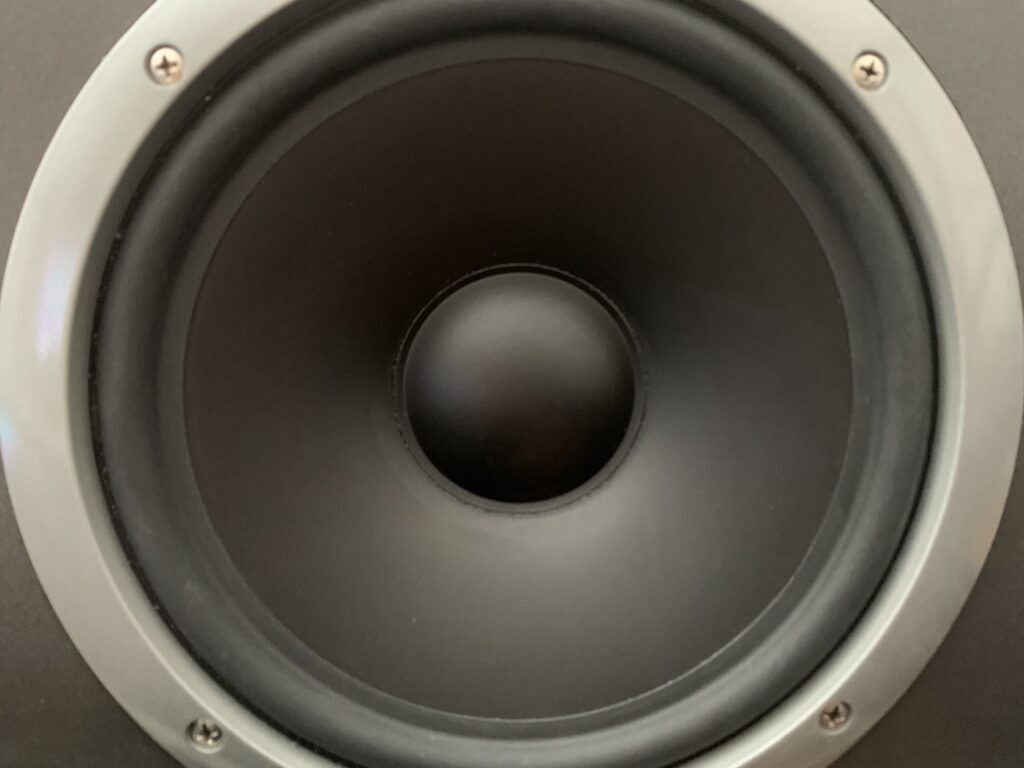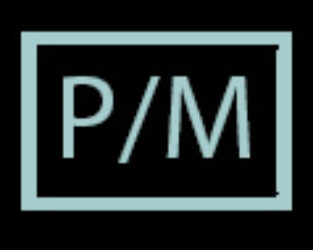
We love overdrive, that gentle push over the line into a round and harmonically rich distortion. Some of the best sounds in recorded music have utilized it. But have you ever wondered why applying overdrive sometimes sounds glorious, and other times resembles a muddy grainy mess? The culprit might be low frequencies.
Low (or bass) frequencies within the audible range occur between around 20 and 250 Hz. They can be our friend, but when it comes to overdrive, they can also be a little finicky. Low frequencies, including low mids (to around 500 Hz), compress earlier than higher frequencies and distort sooner (at a lower gain threshold). That means in order to get the midrange and higher frequencies to reach that overdrive sweet-spot, we need levels of gain that push the low end into more distortion than we might want. Overly distorted low frequencies can lack clarity and cohesiveness in a mix. Besides the quantity of distortion, lower frequencies cycle less frequently than others (hence the name), and our ears interpret distorted slower cycles as a grainy and more raspy sound. Conversely, higher frequencies smear the distortion, creating a smoother sound.
Erase the Bass?
One effective solution is to filter out the offending bass frequencies. A very famous (and often copied) guitar overdrive pedal gets its signature sound by attenuating low frequencies and boosting mids. It’s a tighter and more focused sound. Some engineers have attempted to do the same thing, but often get the order wrong – removing low frequencies after the gain stages. Instead, try filtering those frequencies ahead of the gain stages – before they compress and distort. Or, try re-routing them so they bypass the overdrive circuit – mixing the non-overdriven low frequencies with the overdriven higher frequencies.
There are so many ways of shaping sound, and many different desired outcomes (maybe a fuzzy grainy sound is what you want). So experiment, trust your ears, and keep learning.
Cheers,
MP
